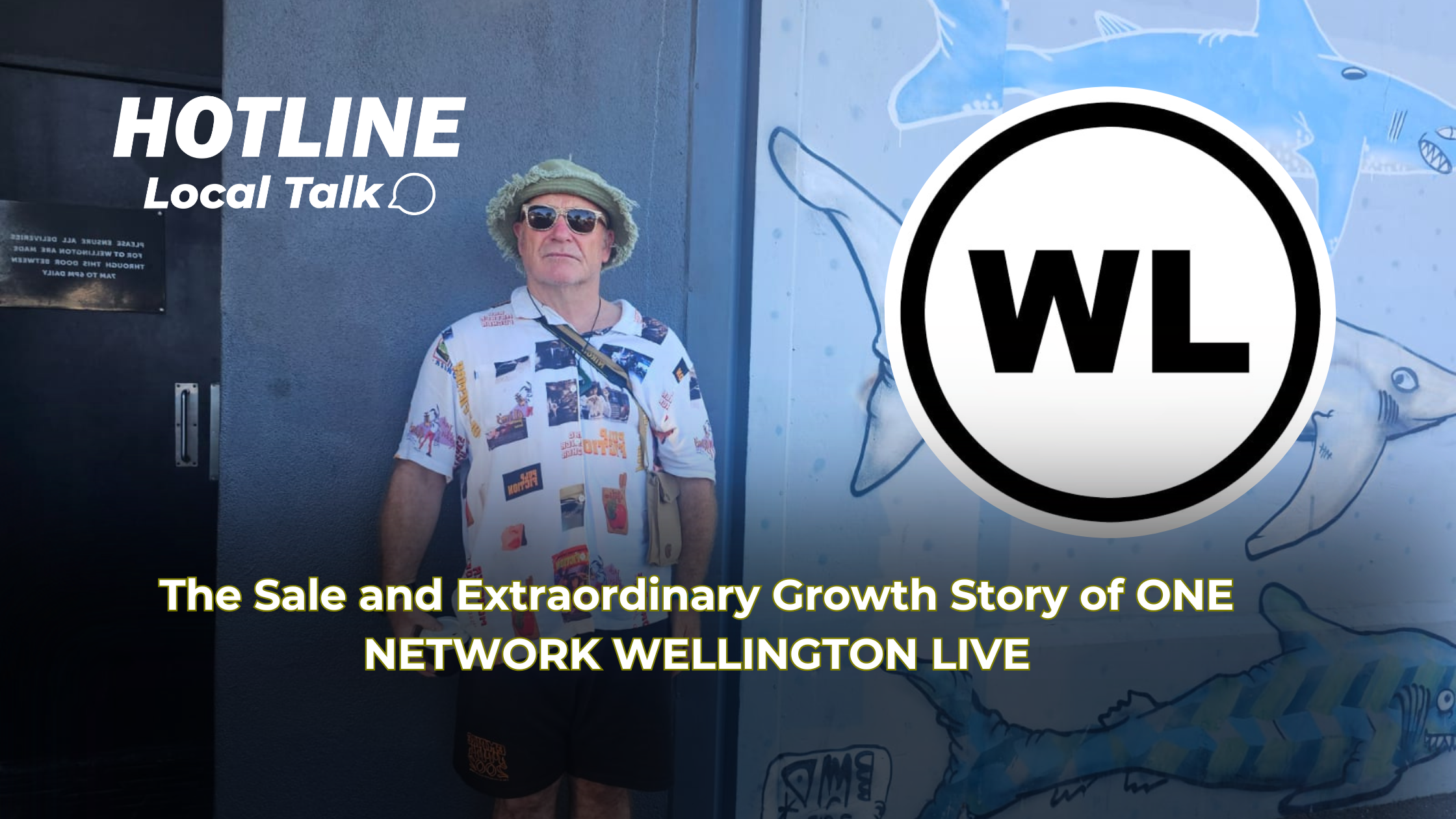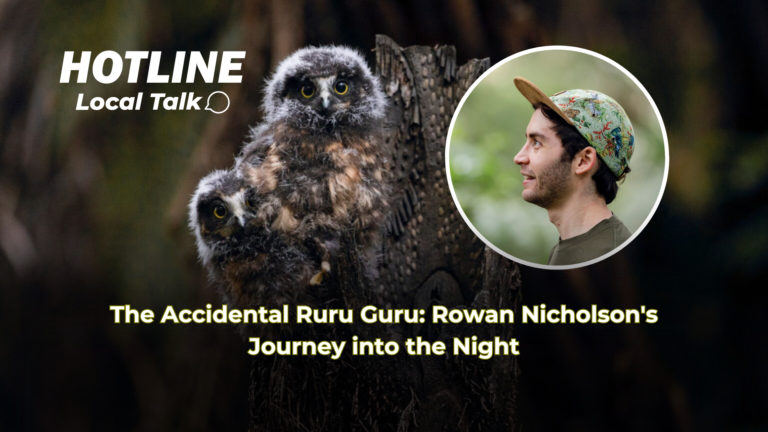A Chance Encounter with the Elusive Ruru
In the quiet of Auckland’s lockdown, Rowan Nicholson, a 31-year-old video game animator, stumbled upon a passion that would redefine his evenings. Known for their elusive nature, the ruru, or morepork, New Zealand’s native owl, are a rare sight, being only 29cm tall and blending seamlessly into the dark, speckled shadows of the forest. Their distinctive call, a familiar sound to many Kiwis, was all Rowan knew until a fellow photographer tipped him off: look for them at dusk in the company of tree ferns like ponga. Venturing into a forested gully near his home, Rowan’s first encounter was almost cinematic. “This thing swooped in front of me, and I thought ‘no way’, but it landed on a perch of a ponga at eye level. It was such an experience. What are the chances? It was like it was meant to be,” he recounts. This serendipitous meeting marked the beginning of Rowan’s transformation from a casual observer to what many now affectionately call the ‘Ruru Guru’. His daily visits to the gully with his camera allowed him to piece together the secretive lives of these nocturnal creatures, from their roosting habits to their diet and communication. A month into his newfound hobby, Rowan witnessed something so rare it caught the attention of the Department of Conservation (DOC) – the mating of ruru in the wild, an event seldom captured due to their nocturnal habits. According to DOC, less than 5% of their field observations include mating behaviors of ruru, making Rowan’s footage invaluable.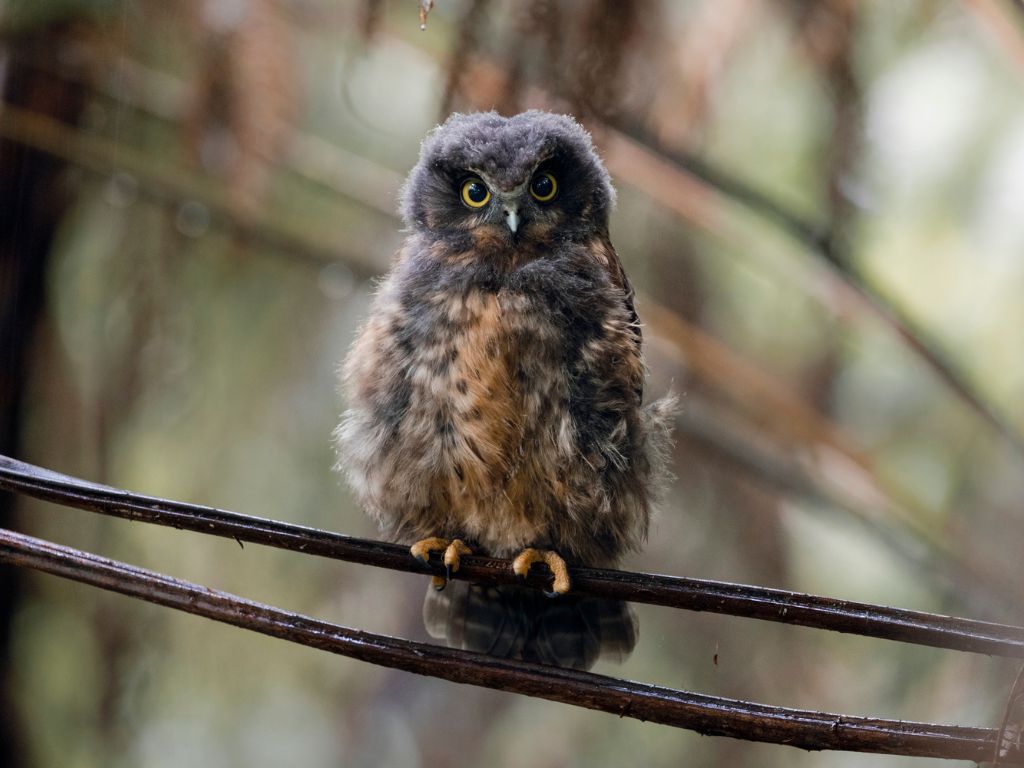
From Photographer to Protector: A New Role in Conservation
When Rowan moved to the semi-rural outskirts of Auckland, he left behind his first ruru pair but soon found another in the neglected bush gully behind his new home. The challenges were immediate; introduced predators like cats, possums, rats, and hedgehogs posed significant threats to nesting ruru. Inspired by his previous observations, Rowan took on a more active role, constructing nest boxes and setting up a trapline with various traps including Timms, Goodnature A24s, DOC 200, and Victor Professional rat traps. His efforts have been remarkably successful, with over 300 predator kills logged, contributing to a healthier ecosystem. According to a study by the University of Auckland, areas with active predator control see a 30% increase in native bird populations within five years. Rowan’s work has not only helped the ruru but has also revitalized the local forest, with increased sightings of tūī and kererū. Over the years, the ruru pair has grown accustomed to Rowan’s presence, allowing him to observe the magical moment when their chicks first peer into the world, wide-eyed and curious. This trust is a testament to Rowan’s respectful approach, maintaining a distance while still being a part of their lives.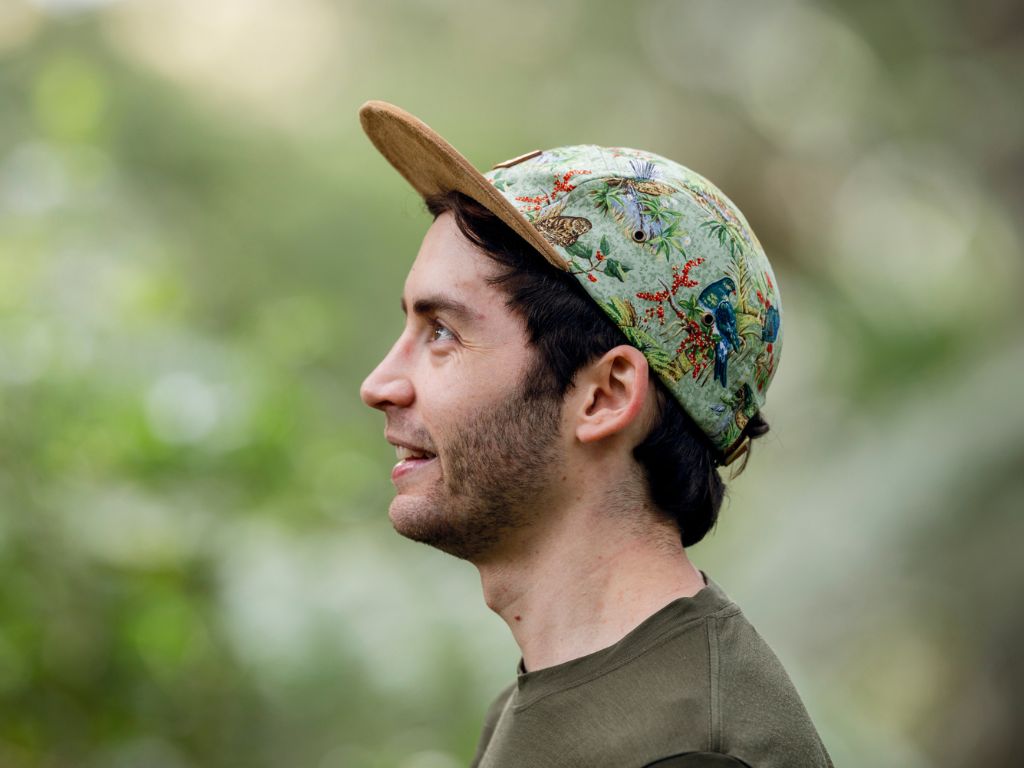
The Art of Capturing the Night: Patience and Precision
Rowan’s photography journey with the ruru is as much about patience as it is about technical skill. Equipped with a Canon RF camera and a 400mm lens, he captures the ruru in their natural, low-light environment at dusk, a time when the light is just right for photography before it fades into the night. “Wildlife photography is about spending hours with your subject to try to capture a moment – which lasts only a few seconds. You have a tiny window of light when the sun is setting, and the ruru are waking up and hungry. It’s about a 10 to 20-minute window to get a photo of them, otherwise, it gets too dark, and you get grainy, noisy photos,” Rowan explains. His Instagram has become a repository of these intimate moments, drawing bird enthusiasts from across New Zealand and beyond, seeking his advice on spotting and photographing these elusive creatures. His work has not only showcased the beauty of the ruru but has also educated the public on the importance of conservation efforts. According to a survey by Forest & Bird, 70% of New Zealanders are more likely to engage in conservation activities after seeing compelling wildlife photography.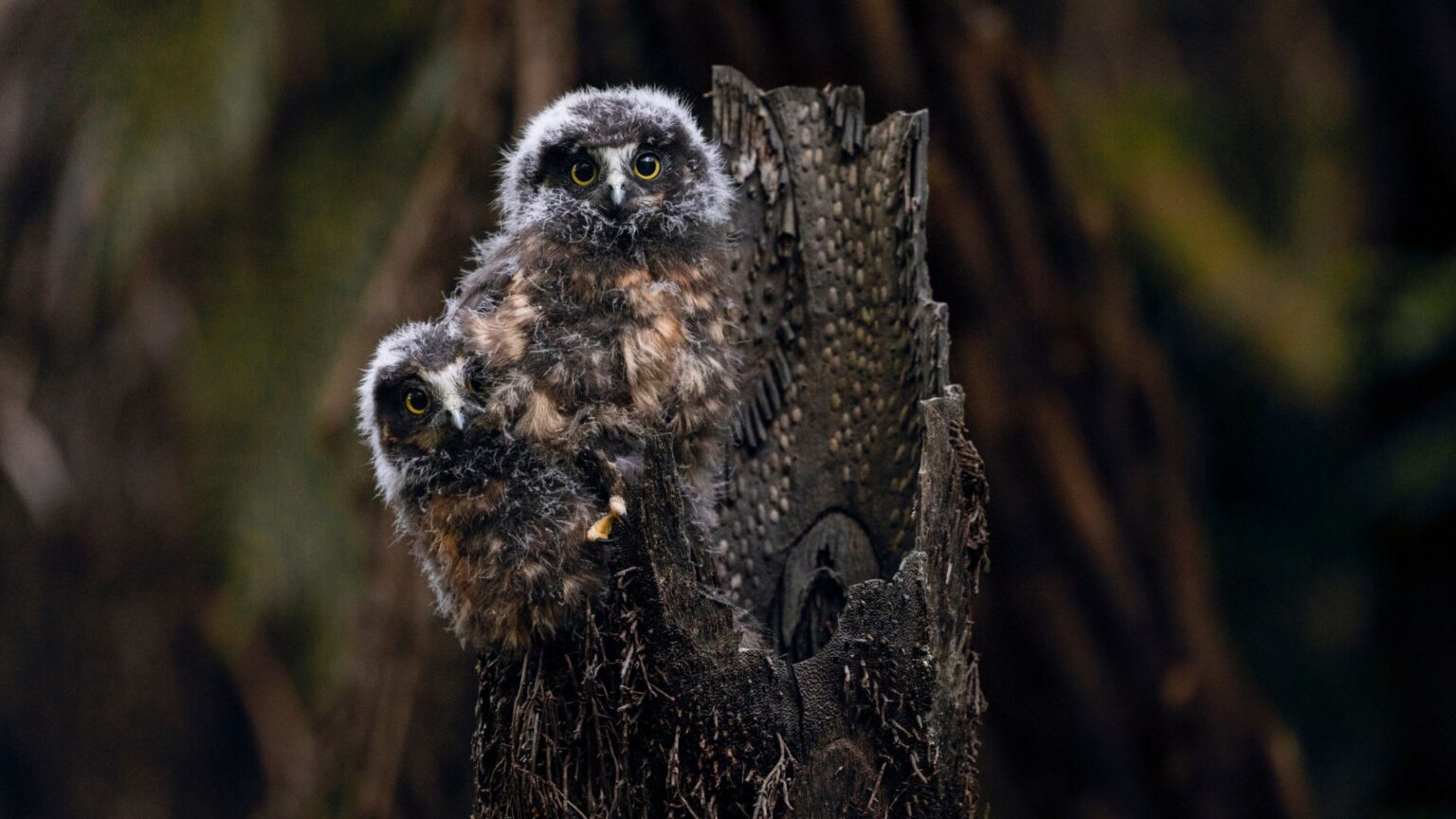
Joining the Movement: Ruru Recon and Beyond
Rowan’s fascination with ruru has transcended mere observation, positioning him within the broader movement to protect New Zealand’s native species, aligning with initiatives like Predator Free 2050. This national goal aims to eradicate possums, rats, and stoats by 2050, and community-driven efforts like Rowan’s are crucial. His tips for spotting ruru – going at dawn or dusk, listening for alarm calls from other birds like tauhou (silvereye) and pīwakawaka (fantail), and looking around shady spots with ponga trees – have become part of the local conservation lore. These practices not only help in observing ruru but also in understanding and protecting their habitat. Rowan’s story is a vivid illustration of how individual passion can contribute to national conservation goals. His journey from a video game animator to a ruru protector highlights the unexpected paths conservation can take, inspiring others in Wellington and beyond to engage with their local wildlife. As we look towards a future where native species like the ruru can thrive, stories like Rowan’s remind us of the power of personal commitment to environmental stewardship.
CONTRIBUTE
Have stories, yarns, mad scoops, or community news to share. We often pay for awesome content and life shattering stories. What have you witnessed?



